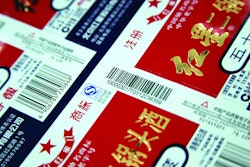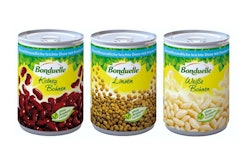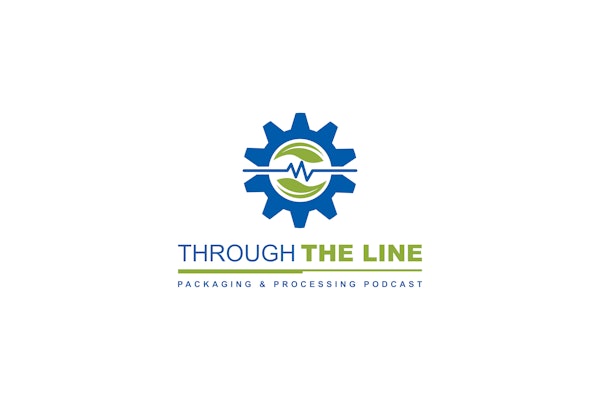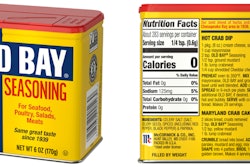
The world is now more accessible to open trade than ever before in history. The internet has allowed virtually everyone to have access to any manufacturer’s web site and product lists. The modern port and container ship system has decreased transoceanic shipping costs dramatically mostly thanks to Malcom McLean’s efforts in redesigning how ports handle goods. These dramatic jumps in information accessibility and product transport efficiencies have created a situation where firms cannot sit and be complacent with their regional or even national accounts. The U.S. remains the largest market in the world, but opportunities exist in the rest of the developing world. In order to remain competitive and continue growing you have to anticipate where the market opportunities will exist. As hockey great Wayne Gretsky put it, you want to be where the puck is going to be, not where it has been.
Which region or country to expand into hinges on many factors, including level of economic development, prospects for growth, climate for outside investment, transparency, and regulatory climate. But here are a couple of countries that have been in the sights of U.S. business in recent years because of their high increase in GDP:
Vietnam
7.3% average annual increase in GDP over the last 10 years
Industry – 61% of GDP
Primary Exports – Textiles, garments, and footwear
Primary Imports – Machinery and Equipment
Summary – Good potential market for packaging equipment and supplies; exports are consumer goods
Nigeria
8.9% average annual increase in GDP over the last 10 years
Industry – 36% of GDP
Agriculture – 3% of GDP
Primary Exports – Minerals, oil and gas, smaller amounts of food products
Primary Imports – Industrial goods, food and beverages
Summary – This economy is growing and if the resources generated from oil and raw mineral sales are focused back into the country they will begin to purchase equipment necessary to process food and consumer goods. This mirrors some other African countries’ average annual increase in GDP: Angola 11.3%, Uganda 7.4%, and Tanzania 7.0%. Africa also has several countries on the bottom of the world GDP, as well, with Zimbabwe at -5.1%, Liberia 0.5%, and the Central African Republic at 1.0% averages for the last 10 years. In looking at Africa, care must be taken in reviewing the potential and then balancing that with risk.
Malaysia
6.9% average annual increase in GDP over the last 10 years
Industry – 70% of GDP
Agriculture – 11% of GDP
Primary Exports – Machinery and manufactured goods
Primary Imports – Machinery and manufactured goods
Summary – This country is building capacity for growth again after some lackluster years. It is centrally located for expansion into Thailand, Vietnam, Cambodia, and Indonesia.
These are just a couple of example of countries and regions that have shown substantial growth in the last 10 years. Southern Europe is another region, but its close ties with the EU give an advantage to EU firms. The most potential for growth and open competition seems to be in Africa and Asia, although the operational transparency in these areas can vary from very transparent to opaque, and great care should be taken in understanding how to operate in a particular country. The U.S. State Department can often be helpful as they have an on-line guide to trade research information: http://www.buy
usainfo.net/adsearch.cfm?search_type=int&loadnav=no
Another key factor in this decision, in addition to market potential, is what level of packaging technology would be appropriate to these markets. The research determining appropriate technology must be done as the needs and capabilities are quite different than in the U.S. or developed markets. There are two basic options to introducing packaging technologies:
1)
It may be appropriate to introduce “Leap Frog” technologies that allow developing countries to eliminate a step in development by moving directly to an advanced technology. This is the case with the adoption of cell phone technology in developing regions where conventional phone systems with hard lines were “Leaped” over. Aseptic processing may be exactly what a food producer should adopt to deal with a distribution system that has limited refrigeration.
2)
A second strategy is to introduce lower level of manufacturing technologies for low-volume products. The idea is that cutting edge manufacturing process and machinery may not be the best choice for low-volume products until the volumes reach a particular level. A farming co-op may only need a simple upgrade in materials their bags are made of in order to improve handling and storage and increase their market distribution.
The strategies for entering foreign markets are varied and depend on the individual firm and resources available. Joint ventures and acquisitions are the traditional methods of entering a foreign market, but there are other ways that small firms without substantial resources can now engage in market expansion. For example, a firm can gain presence in a world market just by creating web sites in the language of the region. English is a good starting point for Web site exposure, but you may consider taking an existing page and having it translated into the regional language as a way to target specific regions. Or take a trip to the region and talk to the local businesses just like you would do in the U.S. to enter new markets. Make appointments beforehand to set up meetings, and ask for a tour of a manufacturing facility to get a real idea of what might be valuable to them. And finally, don’t forget trade shows where you might rent a small booth. Being at a show allows you to see what is being sold and to whom. Also you get the opportunity to talk with locals and gain insight.
Again the world market is open and not standing still.
Fritz Yambrach ([email protected]) is director of packaging at San Jose State University.

























